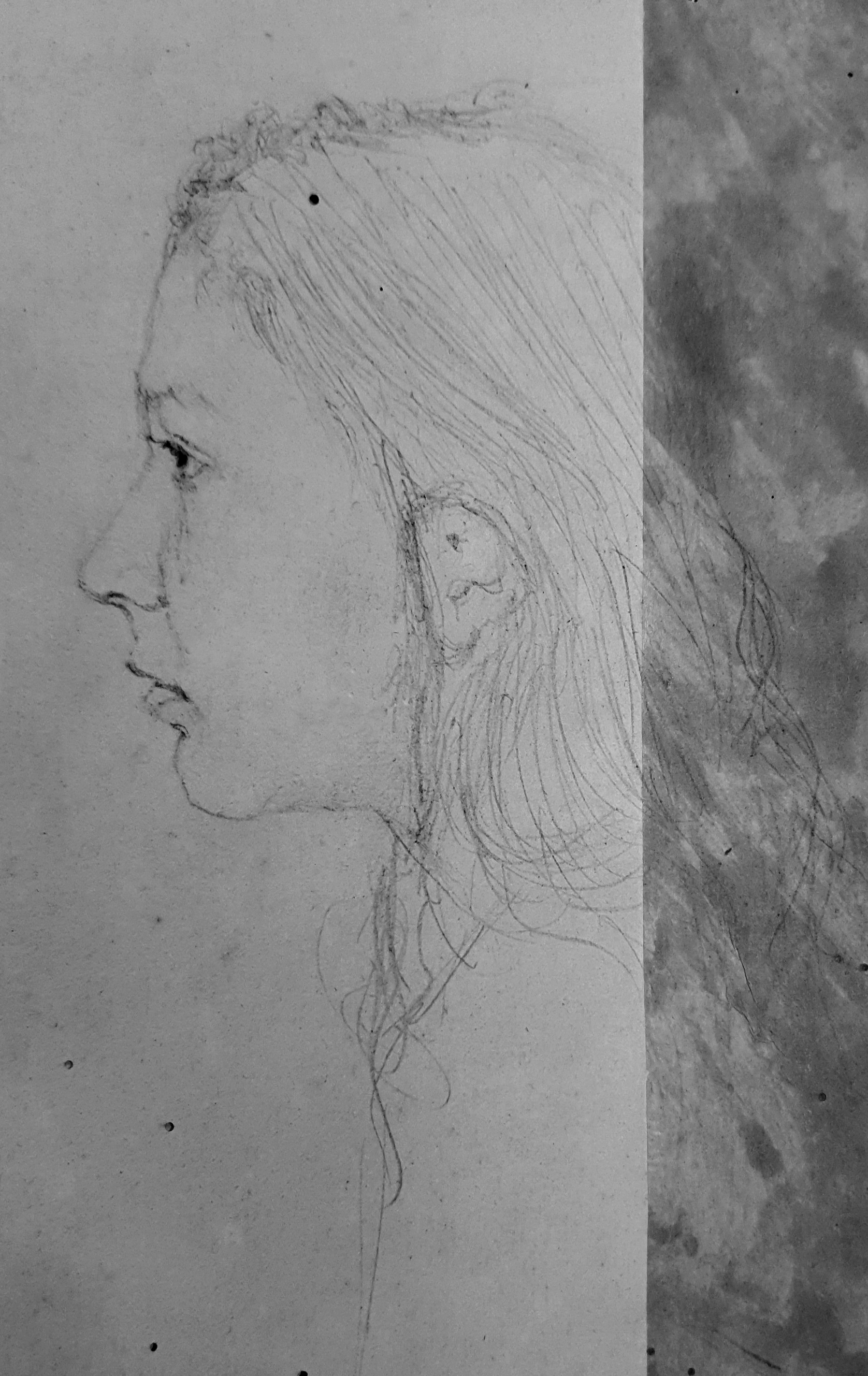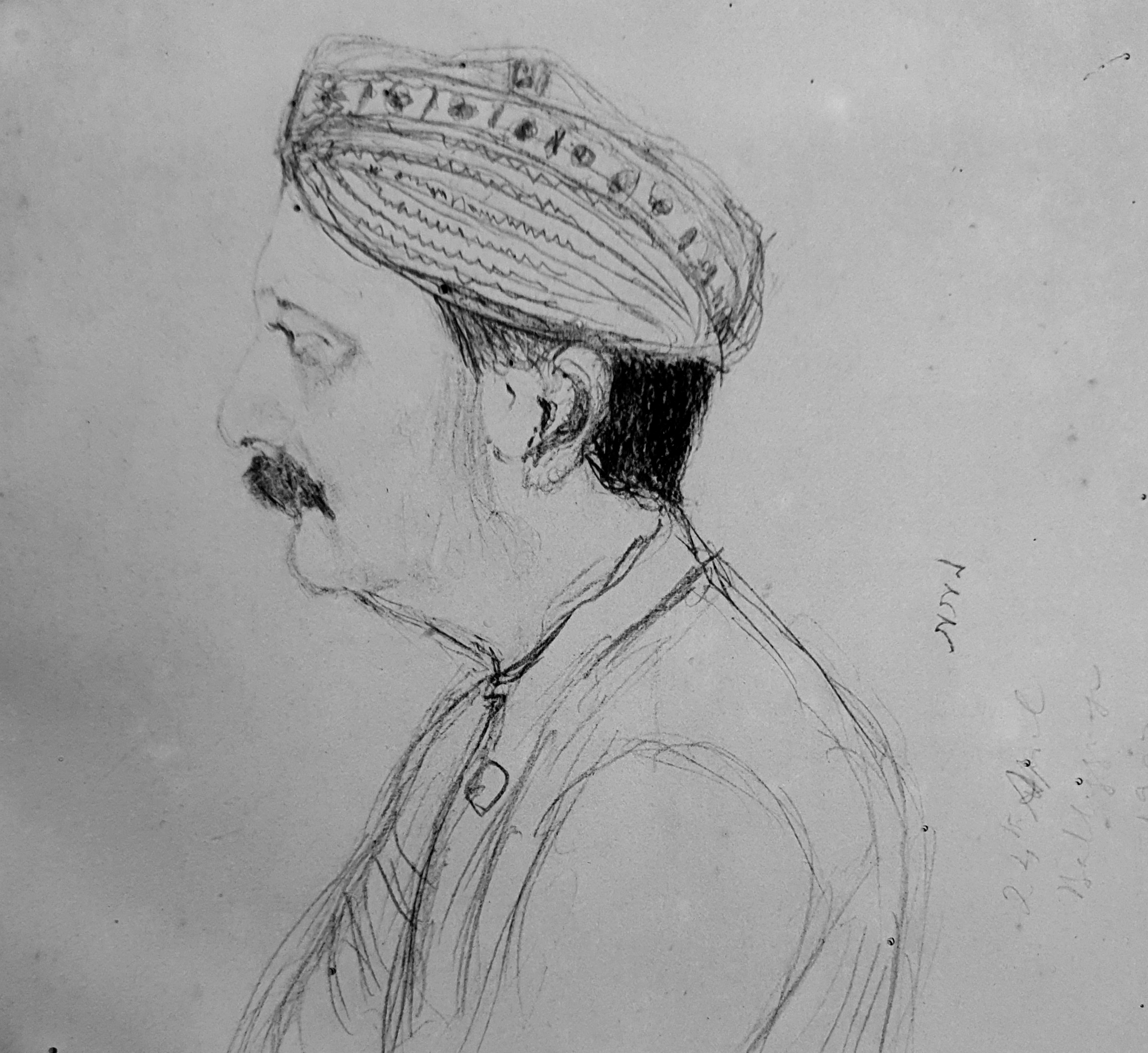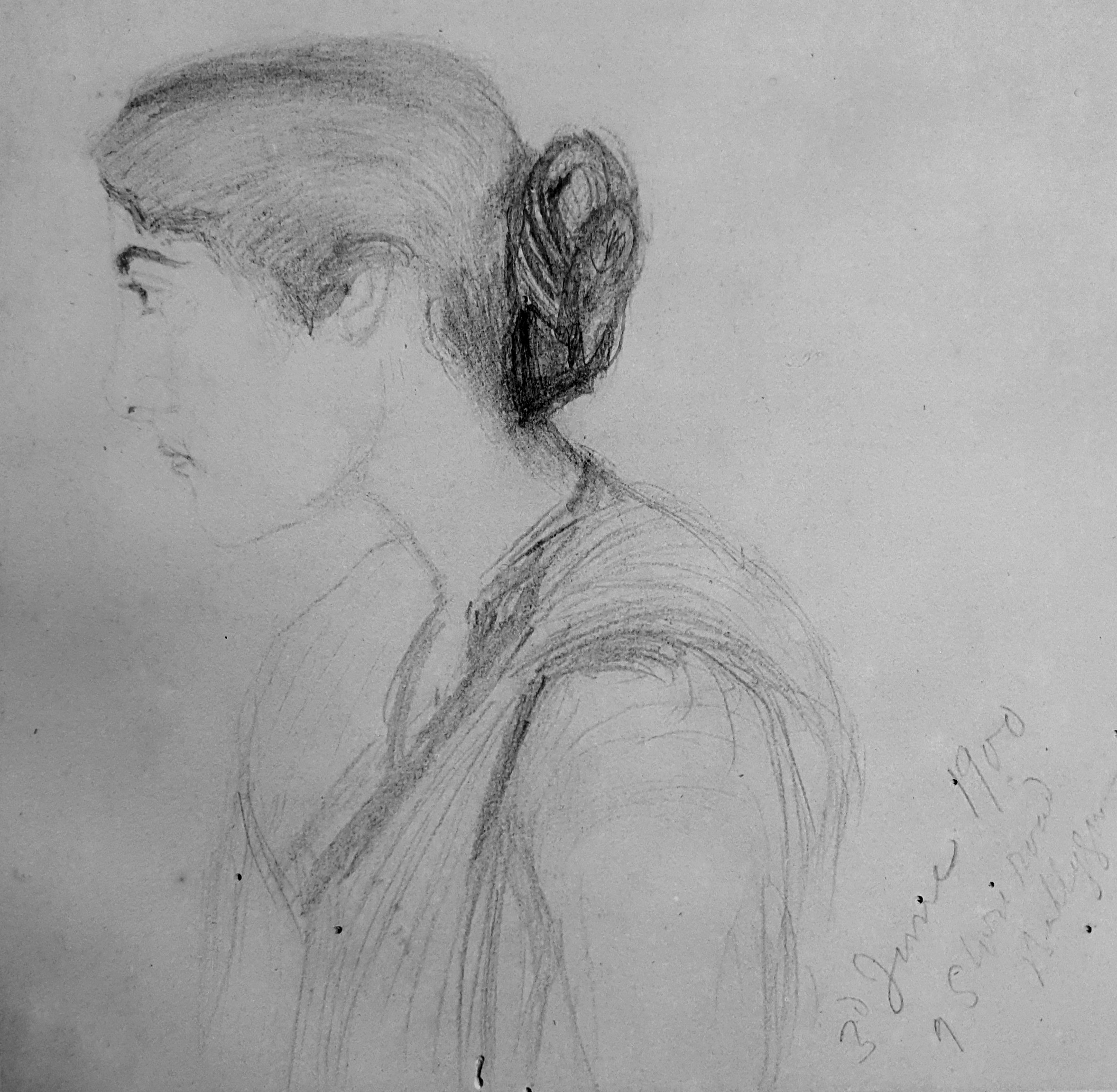** Send Us Your Query About This Art
JYOTIRINDRANATH TAGORE
A true Bengali poly-math, Jyotirindranath was all in one; a brilliant playwright, a musicologist, a lyricist, a composer, a painter, an editor, and a scholar. Born in Jorosanko, Calcutta, in the year 1849, Jyotirindranath was elder to the prodigy of the generation, Rabindranath Tagore. Jyotirindranath was home-schooled by his elder brother Hemendranath, when he began his education. He pursued Fine Arts and then gradually became drawn to the performance arts section of the stream. He pursued studying theatre and began to practice and stage plays that he wrote, at his family home, in Jorosanko. Jyotirindranath and Rabindranath’s cousin, Ganendranath, established the Jorasanko Natyasala in 1865. The first play that was staged there was not written by him. It was the celebrated play “Krishnakumari” by another stalwart of the time, Michael Madhusudan Dutta. Jyotirindranath’s taking part in the play in the role of Ahalyadevi, a brave queen, drew him closer to the stage, and ever since he had aspirations to become a playwright. His works include plays like Purubikram (1874), and Sarojini (1875) – both of which feature songs written by Nobelauriet Rabindranath— other than that, Ashrumati (Woman in tears, 1879), and Swapnamayi (Lady of Dream, 1882). Jyotirindranath moved to his elder brother Satyendranath’s Ahmedabad residence in 1867. He spent most of his time there learning to play the sitar and trained in his artistic practices, including learning to paint and draw. During this time, he produced around 2,000 sketches. These works by Jyotirindranath Tagore are preserved at Rabindra Bharati University. He also learned two languages, French and Indian. Jyotirindranath was a brilliant scholar and translator as well. While he spent his days with his elder brother in Ahmedabad, he completed translating several books, among which Shakespeare’s Julius Caesar and Marcus Aurelius’ Meditations were notable. He translated many other novels, as well as publications on plays, philosophy, and history. He translated from English and French to his mother tongue, Bengali. His language skills were impeccable, be it English French, or Bengali. Gradually he worked with many Sanskrit dramas as well and translated the works. Among them is Kalidasa’s Shakuntala which he translated from Sanskrit into Bengali. He was celebrated for his satire on social evils. Jyotirindranath is notable for another breakthrough work in Bengali literature, he founded the celebrated “Bharati” magazine with his brother Dwijendranath. He was a brilliant musicologist. He played the piano beautifully. He was especially skillful with playing harmonium, violin, and sitar. He was majorly responsible for Jorasanko’s musical atmosphere. He would always compose music to which his friend Akshay Chandra Chaudhuri would find the words and later on, his dear brother ‘Rabi’. Jyotirindranath once, from 1869 to 1888, held the position of the secretary of Adi Brahmo Samaj. He helped organize the Hindu Mela in Kolkata. He also wrote the opening song for the occasion, titled ‘Udbhodan,’ in 1868. Moreover, he was claimed to have instituted the secret society called Sanjibani Sabha in the year 1876. The nationalistic approach of the secret society was dedicated to the betterment of the country.











